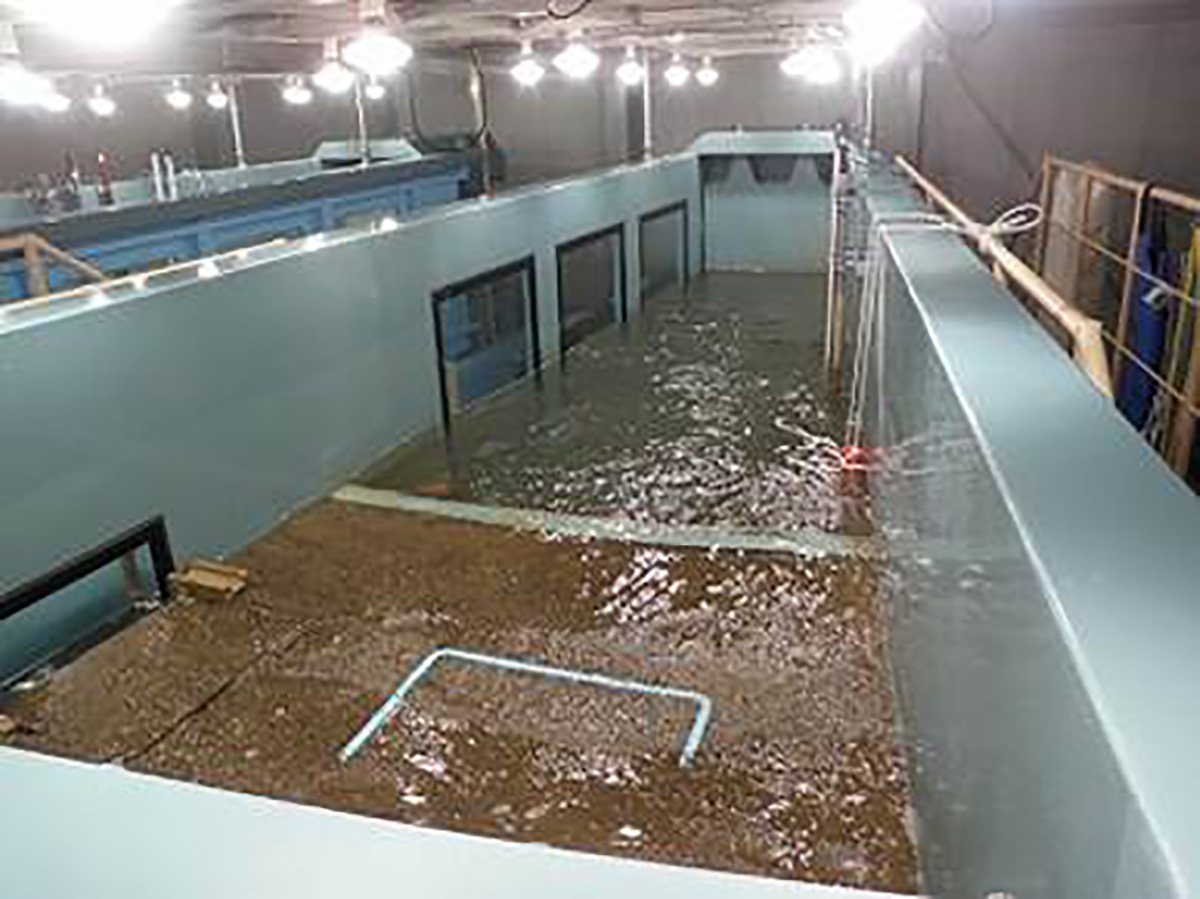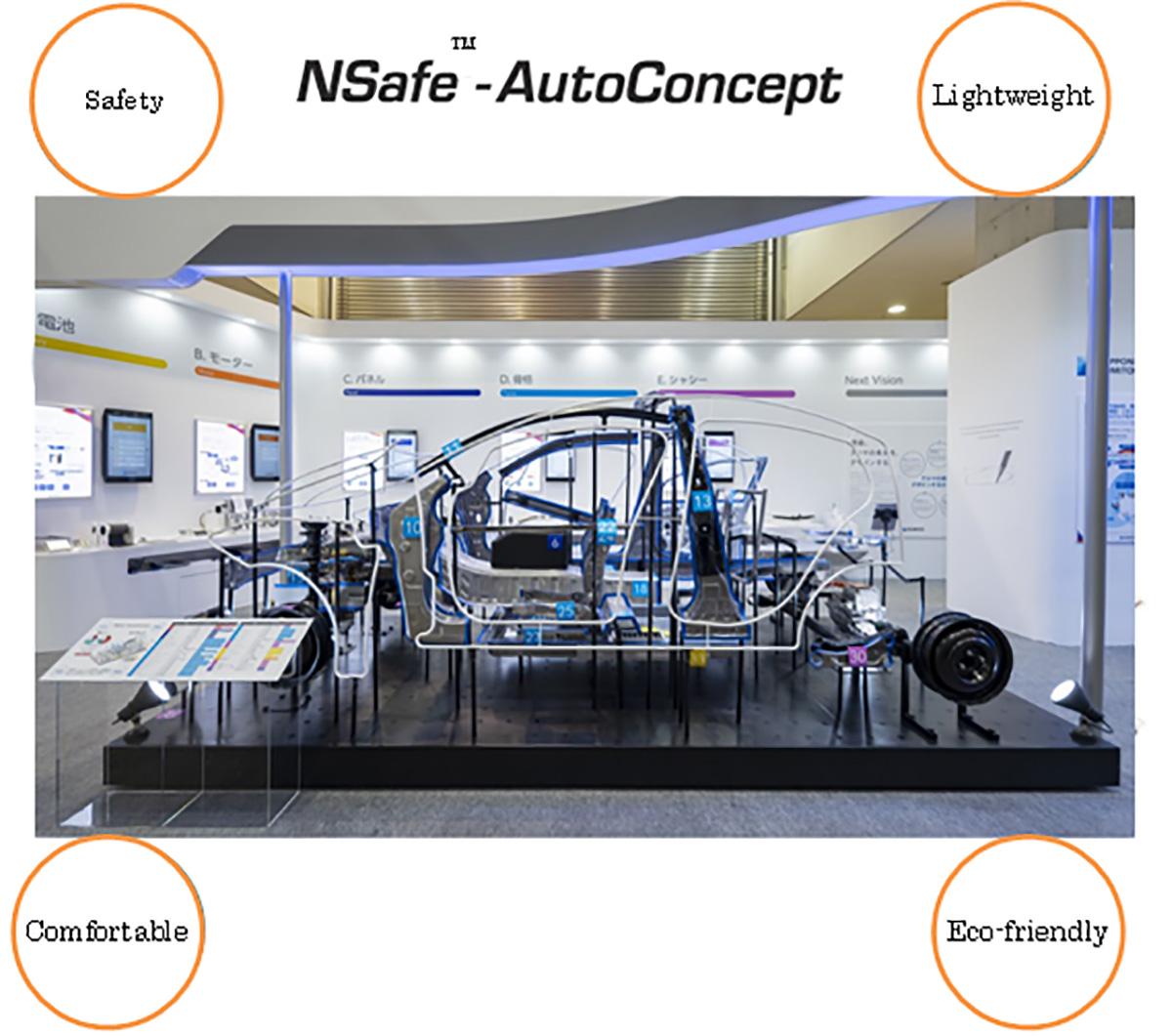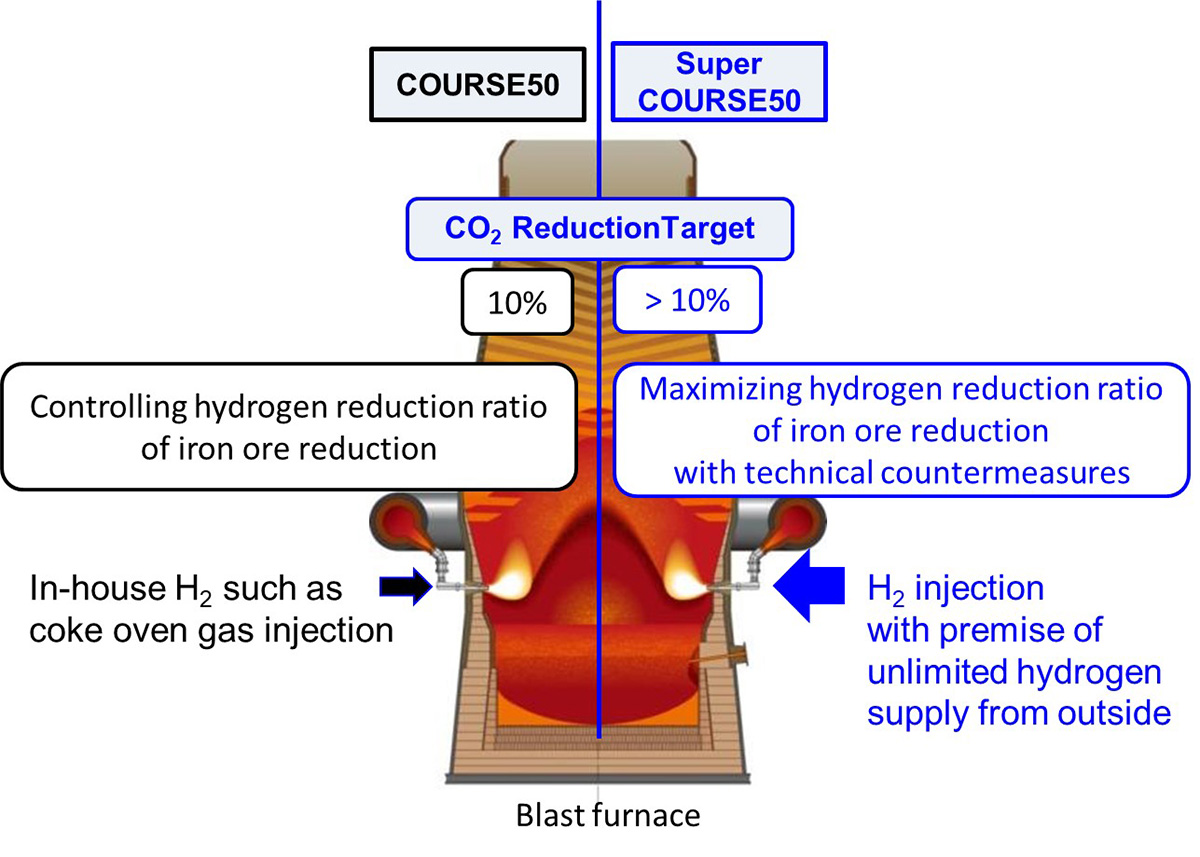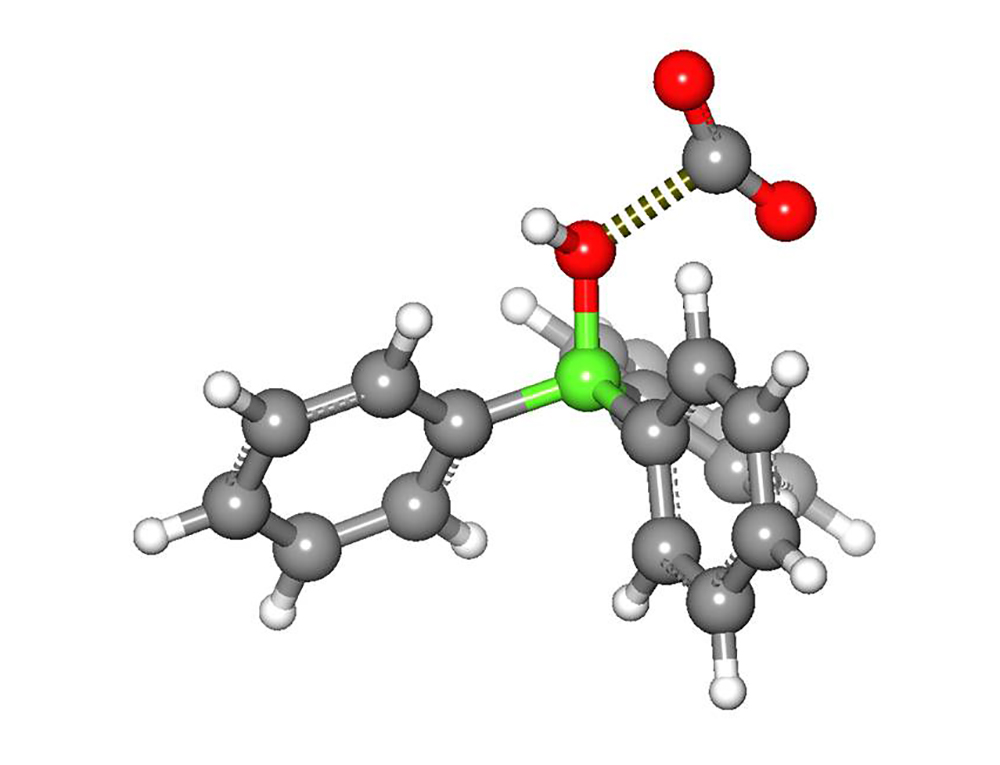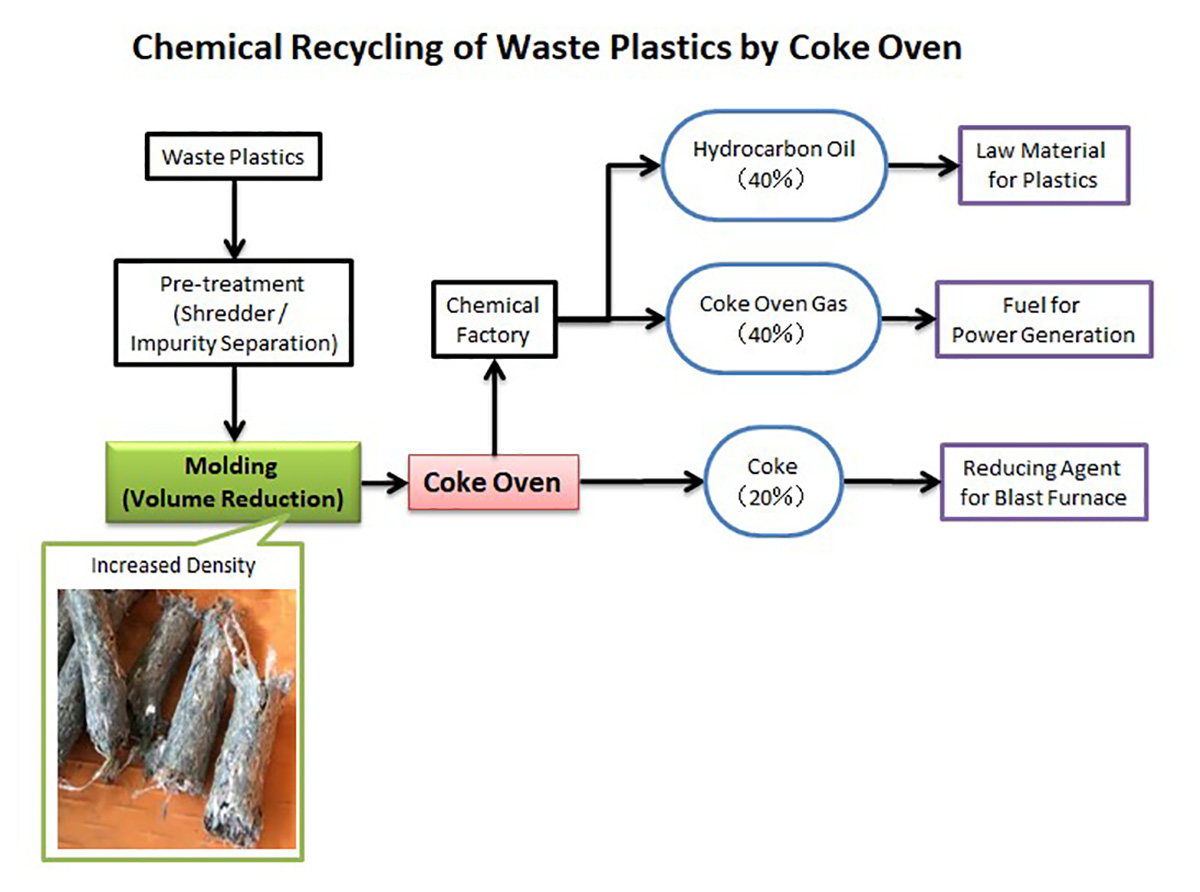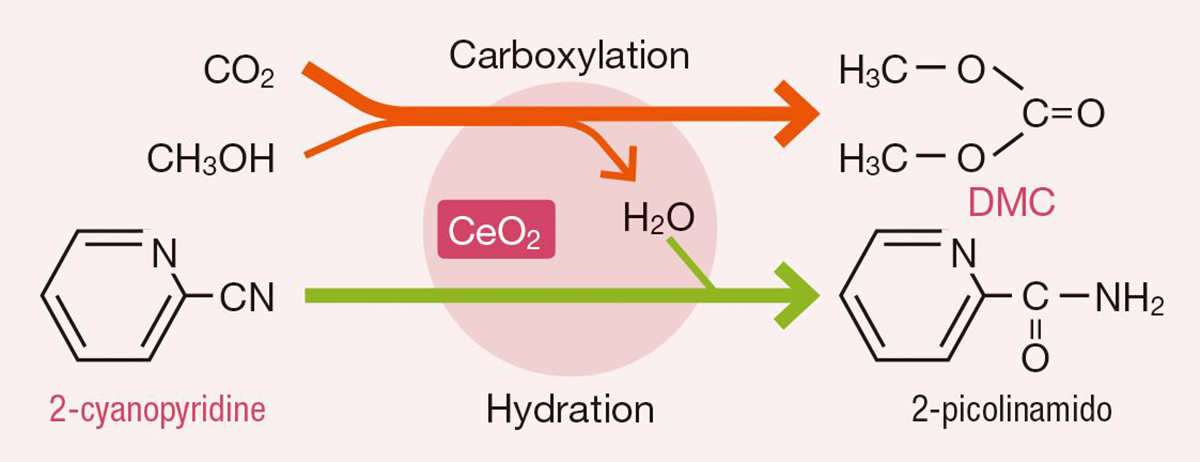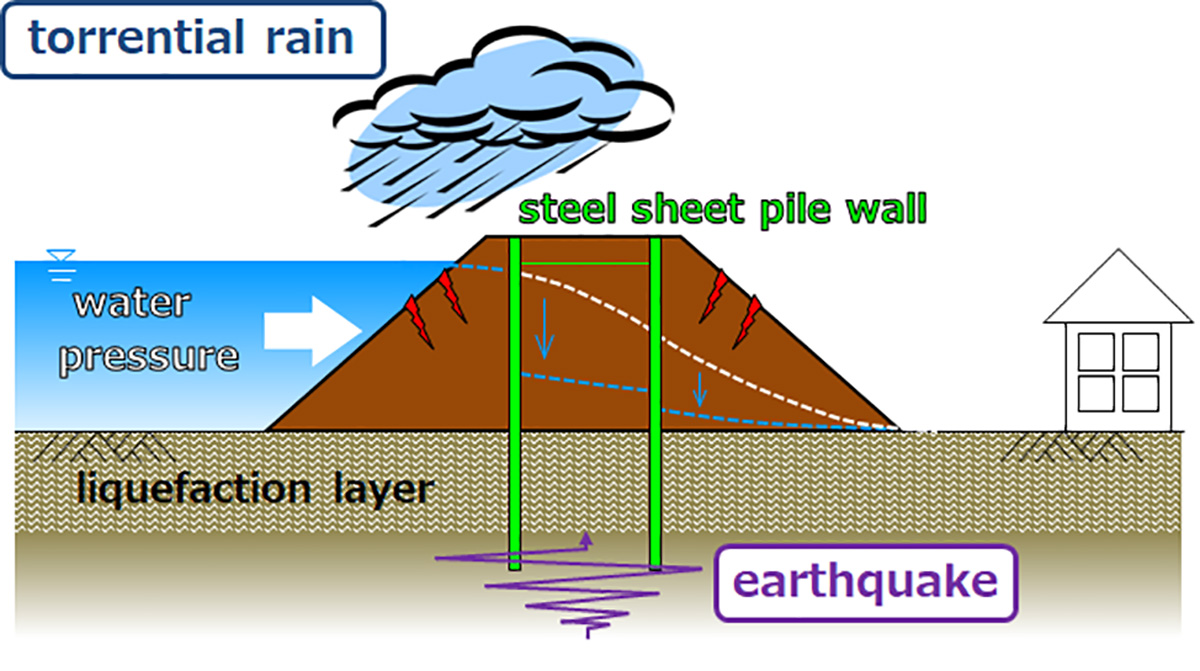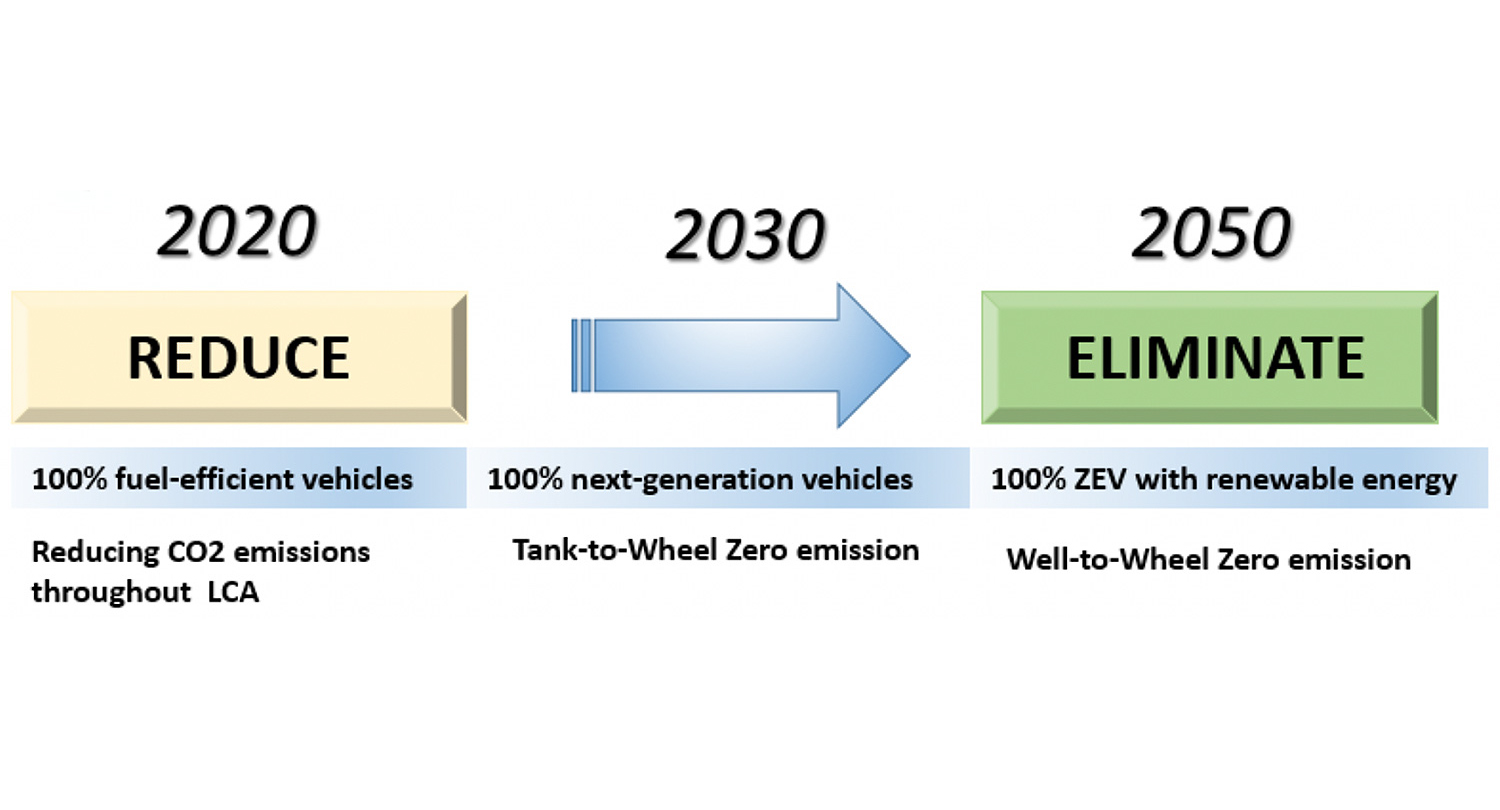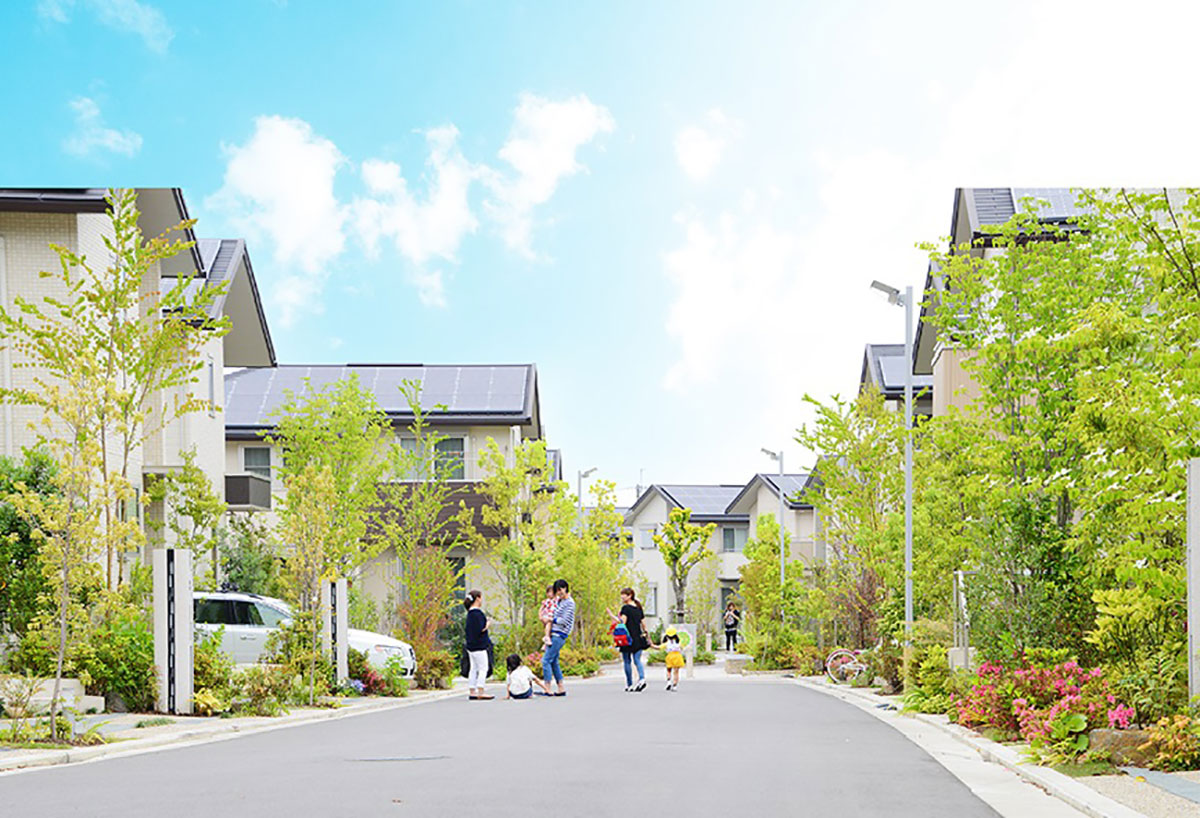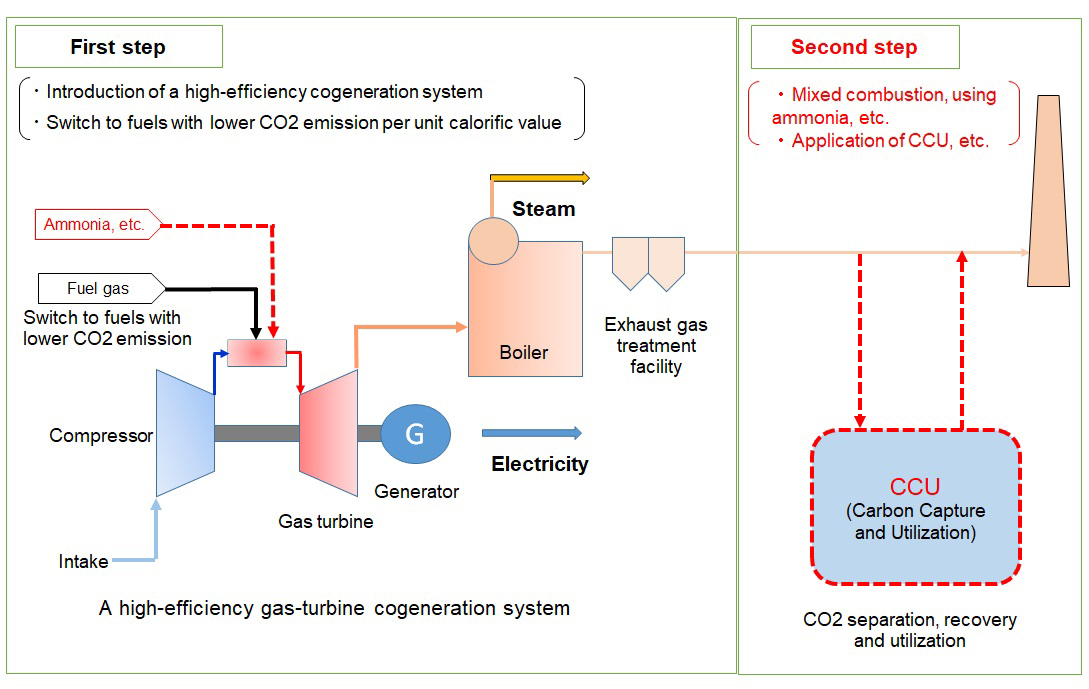Contributing the hydrogen infrastructure formation by spreading usage of the specialized steel for hydrogen station
NIPPON STEEL CORPORATION
Outline
Contributing to implementation of hydrogen infrastructures through increase of Hydrogen Station: Nippon Steel is aiming to contribute the implementation of indispensable infrastructures for the hydrogen society by means of spreading our high performance stainless steel for high pressure hydrogen HYDREXELTM, which enables cost reduction of constructing hydrogen stations and strengthening of maintenancablity and safety.
HYDREXELTM is free from hydrogen brittleness even in the high pressure hydrogen environment to bring the longer lifetime and higher safeness of the hydrogen stations. The high strength property of HYDREXELTM also makes the thinner pipe wall designs and enlargement of inner tube diameter possible to realize the larger flow and higher speed pumping of hydrogen. Since the welded position has the equivalent strength and hydrogen brittleness resistance, various connecting part can be converted from the conventional mechanical connectors to welding connection, HYDREXELTM contributes to construction of compact hydrogen stations and cost reduction of construction and maintenance through elimination of hydrogen gas leakage risk at the connecting portions as well.
Description
Target of this challenge
Development of new stainless steel with both higher hydrogen embrittlement resistance and 1.6 times higher strength than existing applicable stainless steel of SUS316L.
Development of welding procedure to produce welded joint with similar properties to developed new stainless steel
Challenges to overcome for achievement
It has been known that the increase of strength in steel is caused to decrease hydrogen embrittlement resistance.
Also, the strength of stainless steel welded joint decreases due to the heterogenies of both microstructure and alloy concentrations as welded condition involving rapid heating and cooling process. Because the strength of stainless steel increases using both alloy design and heat treatment.
Furthermore, the alloy design of stainless steel is controlled to contain the optimized ferrite content in welded joint to prevent the occurrence of weld crack during welding fabrication. However, the hydrogen embrittlement resistance of welded joint decreases due to residual ferrite content which is sensitive to hydrogen.
Therefore, we had to develop the technology to break through the trade-off relationship among higher strength, higher hydrogen embrittlement resistance and weldability. In addition, we had to develop the method to evaluate the hydrogen embrittlement resistance of steels under high pressurized hydrogen gas environment.
Details of our company’s actions
(1) Clarification of effect of microstructure and alloy elements on hydrogen embrittlement mechanism by establishment of the original equipment to evaluate hydrogen embrittlement resistance
(2) Derivation of optimized alloy design to achieve both higher strength by adding higher Cr, Mn and N contents which are not rare earth elements and higher hydrogen embrittlement resistance by controlling not microstructure but nanostructure corresponding to dislocation structure.
(3) Development of welding procedure using welding gas containing optimized nitrogen gas to prevent decreasing both the strength and hydrogen embrittlement resistance in welded joint. In detail, we figured out the combination between the welding condition and the optimized mixing amount of nitrogen gas in welding gas to achieve both the prevention of nitrogen evaporation during welding and the control of optimized ferrite content to suppress both decreasing hydrogen embrittlement resistance and the occurrence of weld crack.
Reliability improvement of steel
Reliability of HYDREXELTM and similar welded joint under high pressurized hydrogen gas environment is proven through special approval by High Pressure Gas Safety Association in Japan.
Quantitative effect for this challenge
- Downsizing hydrogen stations footprint by using 30% smaller sized hydrogen pipes.
- As decreasing the risks of hydrogen leaks by means of welded connections, the enhanced contribution for the higher safety assurance of the stations will be expected. Enhancement of hydrogen flow rate, as a result of increased inner aperture of the pipes by 30%, will enable the flexible design of hydrogen stations that leads to high-speed large volume filling of hydrogen into FCVs, including buses and trucks.
- That will contribute to increase of hydrogen stations in Japan that include HYDREXELTM.
- It is also expected that HYDREXELTM will expand its usage to fuel cell vehicles, including buses and trucks.
Partner(s)
Hydrogen Gas producers, Gas distributers, Hydrogen Station firms and construction and/or welding related firms are expected.
Supplementary information
Other Innovation Challenges
CO2 uptake and carbon storage as blue carbon by utilizing steel slag
NIPPON STEEL CORPORATION
Development and dissemination of Eco ProductsTM that contribute to reductions in CO2 emissions at the point of product use
NIPPON STEEL CORPORATION
Development of CO2 emission reduction technology using hydrogen in blast furnace steelmaking
NIPPON STEEL CORPORATION
Development of Hydrogen Steelmaking Process for Zero Emission
NIPPON STEEL CORPORATION
Establishment of dimethyl carbonate (DMC) production method using CO2 as raw material
NIPPON STEEL CORPORATION
Provision of solutions for “National Resilience” aimed at adaptation to climate change
NIPPON STEEL CORPORATION
Zero emission hydrogen production technology by artificial photosynthesis
NIPPON STEEL CORPORATION
Similar Innovation Challenges
Achieve 2050 decarbonization target with Net Zero Energy House!
Sekisui House, Ltd.
Achieving net-zero emissions by promoting renewable energy use through both our monozukuri and products.
DAIWA HOUSE INDUSTRY CO., LTD.




